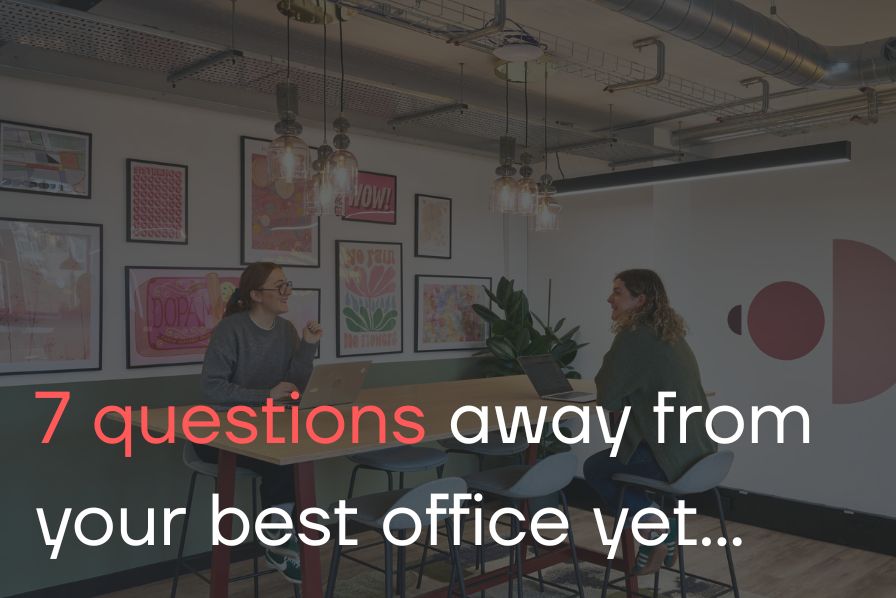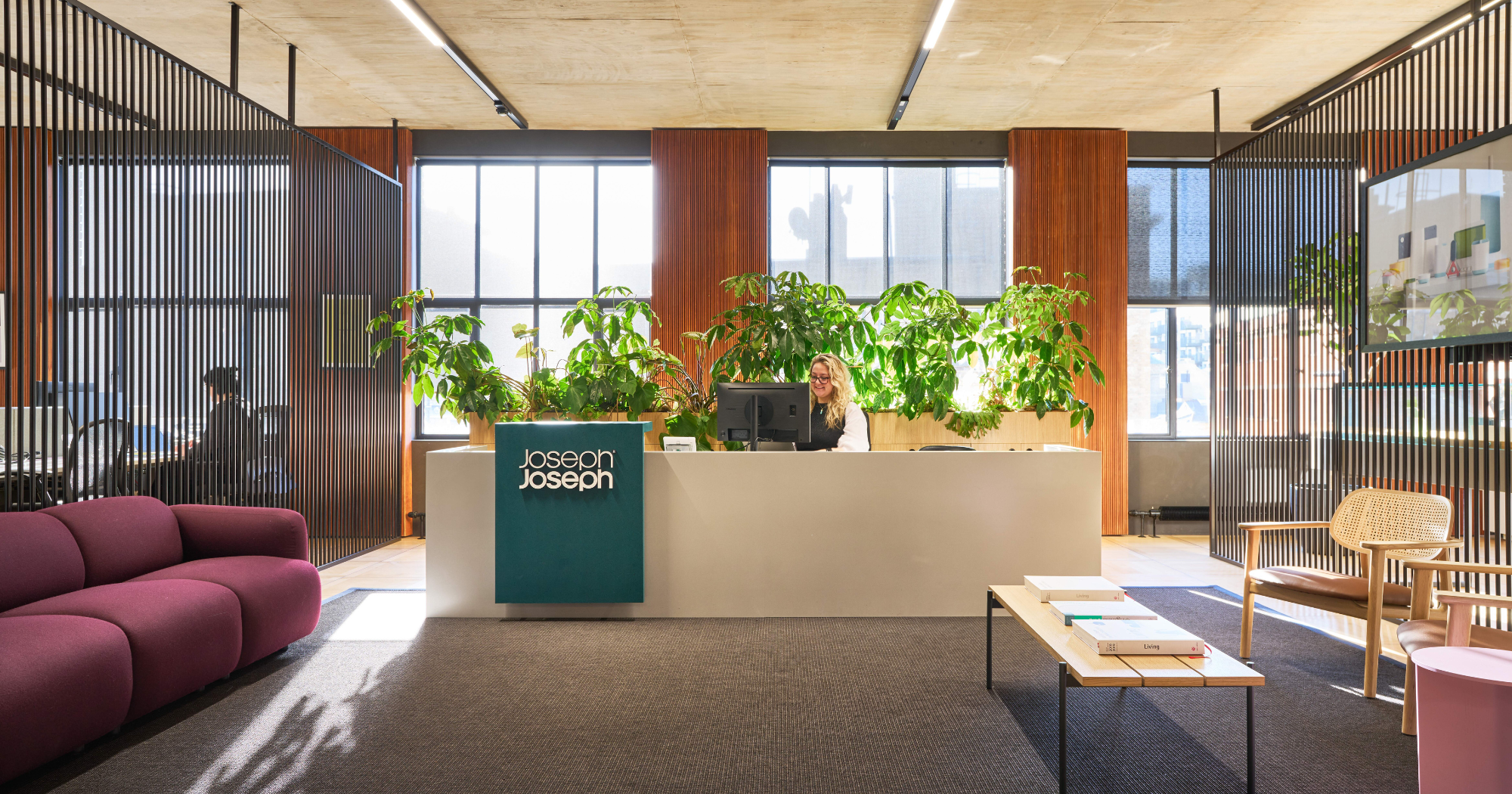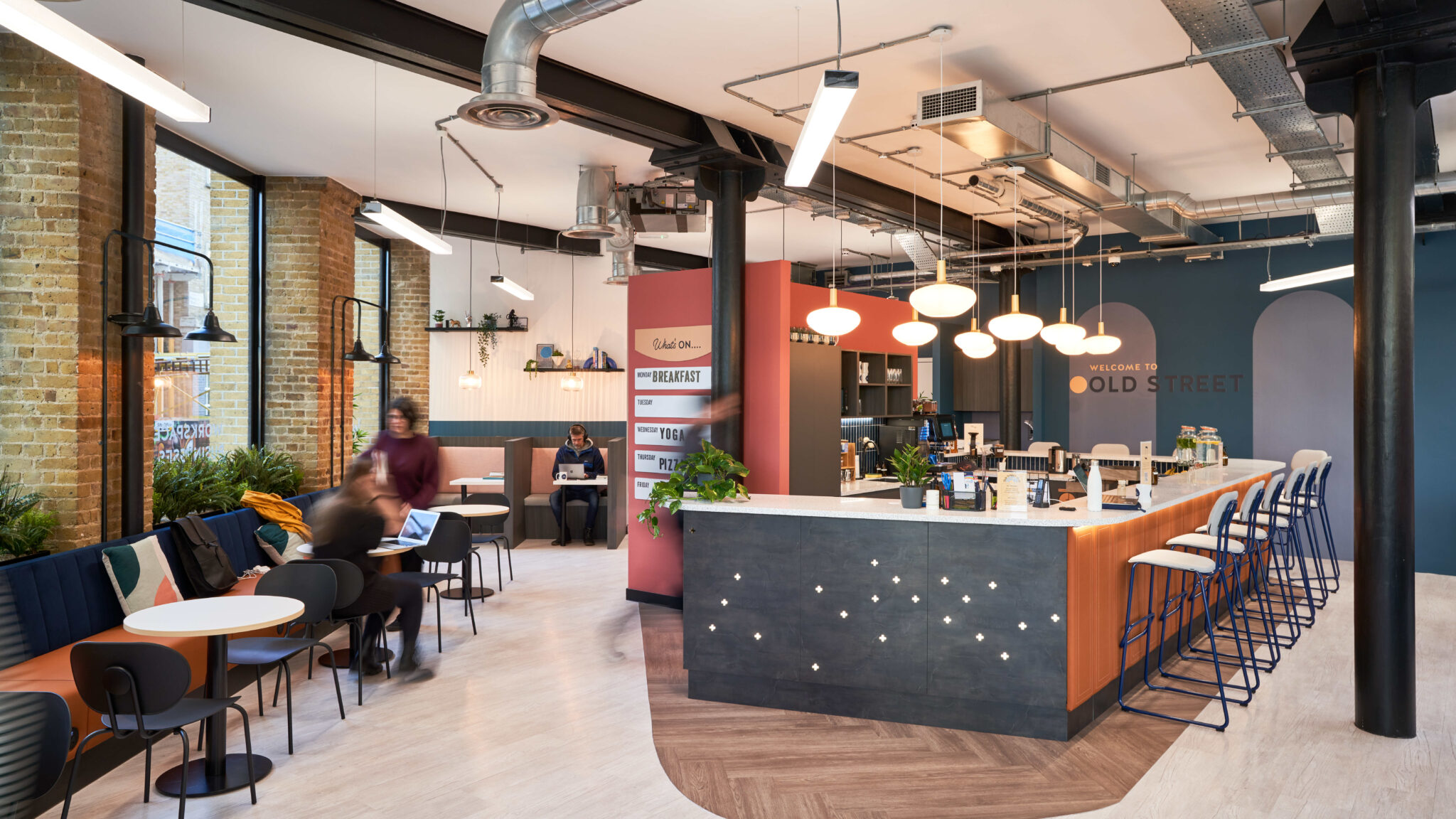The Impact of Workspace Design on Employee Productivity
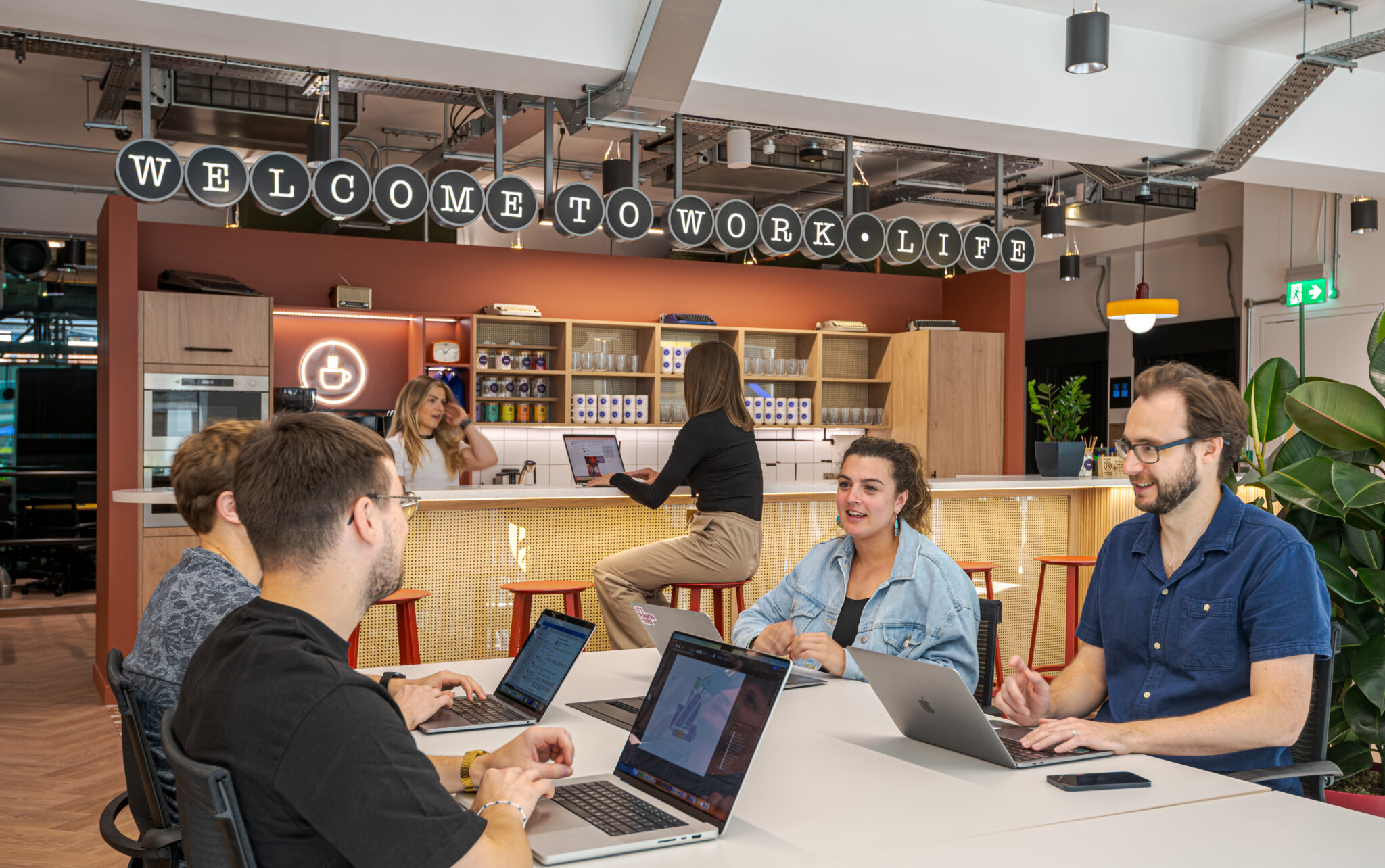
We spend one-third of our lives at work, so it’s no wonder the spaces we inhabit during work hours are so important. Good workplace design can make all the difference in how productive, creative, and happy you feel at work. Once seen as dull and rigid, the traditional workplace is evolving into a space that prioritises dynamic and human-centric designs. This shift reflects a growing understanding of how important our environment is in shaping mental health, creativity, and productivity at work.
Comfort Equals Productivity
First things first, comfort. Ergonomically designed furniture and equipment are essential for a productive workspace. Think adjustable chairs, sit-stand desks, and ergonomic keyboards. These elements help prevent physical strains and injuries, keeping you comfortable and focused. After all, when your body feels good, your mind can focus on the task.
Bright Ideas
Natural light is a game-changer in any workspace. According to a study from Cohere, exposure to daylight can boost employee productivity by up to 40% and enhance creativity by 15%. Positioning desks parallel to windows to maximise exposure without causing screen glare will optimise natural light in the workplace. Dynamic lighting systems, transitioning from cooler, brighter tones in the morning to warmer hues in the evening, can mimic the benefits of daylight, creating an environment that supports productivity and well-being throughout the day.
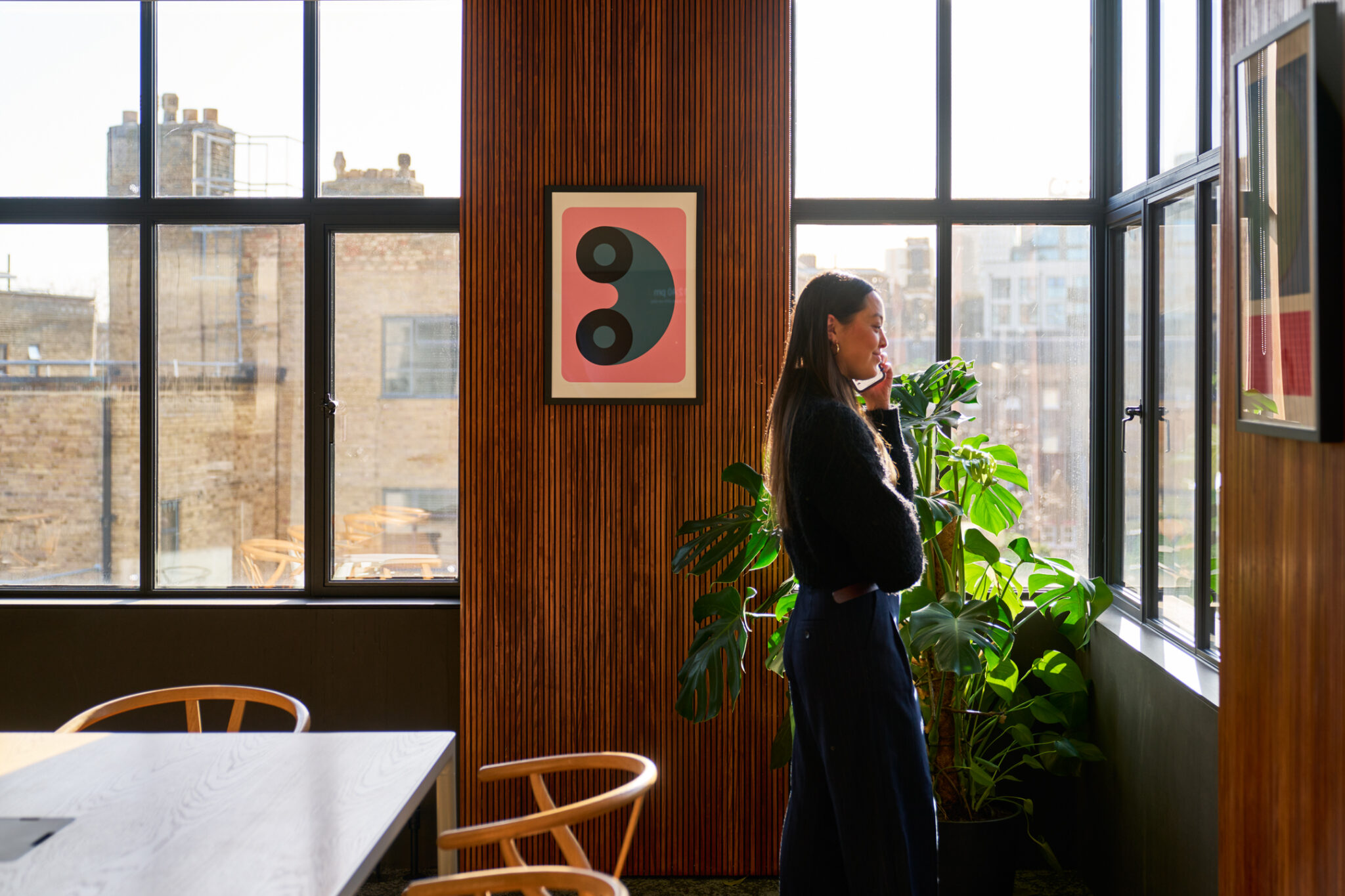
Colour Boost Your Mood
Your workspace’s colour and overall design can significantly impact your mood and performance. Bright colours like blue and green boost creativity and focus, while softer tones create a calming atmosphere. An aesthetically pleasing environment makes you feel more comfortable and motivated. According to the University of British Columbia, blue promotes concentration and productivity, with workers in blue spaces outperforming those in white workspaces.
Nature’s Touch
Bringing nature into the workspace isn’t just trendy; it’s scientifically proven to boost productivity. Green, associated with nature and balance, also enhances productivity. One study found that workers with natural greenery in their workplaces saw a 15% rise in productivity over three months compared to those without. Another report found that employees in spaces with natural elements like greenery and sunlight reported productivity levels 6% higher than those without.
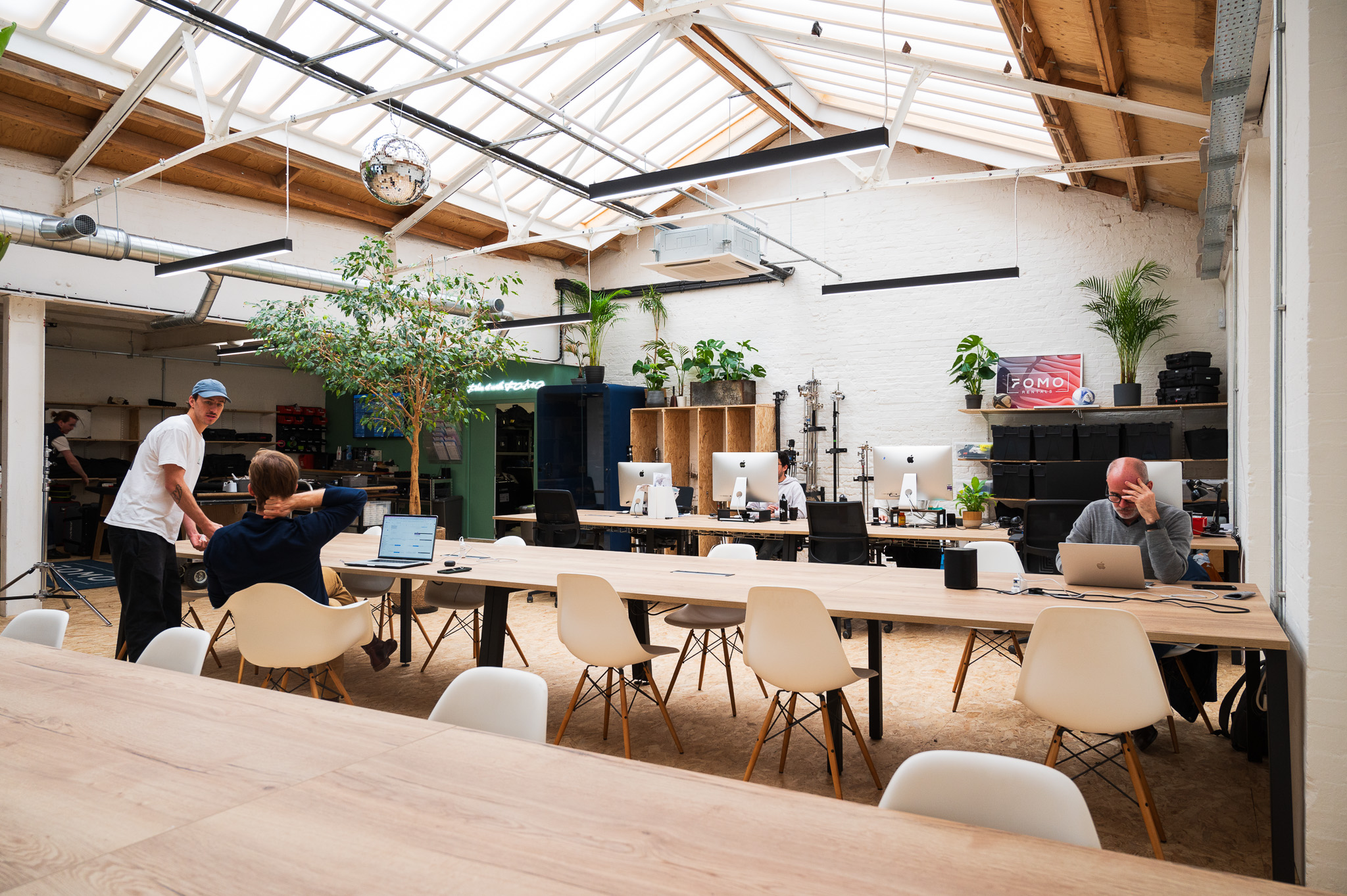
The Perfect Balance
Savills discovered that 45% of workers believed hot-desking reduced their productivity, and 37% of those in open-plan workspaces said the layout had a negative impact on their productivity. The key is finding the right balance. Open spaces encourage collaboration and innovation, but it’s important to have quiet areas to concentrate on without interruptions. A mix of open and private spaces can cater to different working styles, ensuring everyone can find their ideal workspace.
Sustainable Productivity
Workspace design is more than just making a space look good. It’s about an environment that supports and enhances productivity and well-being. A study by the American Society of Interior Designers found that employees who liked their workspace environment were 31% more likely to be satisfied with their jobs. Job satisfaction and employee engagement are crucial for maximising employee productivity. Learn how to create an eco-friendly and productive workspace with our utilising sustainable practices in design and build article, or start now by downloading our Office Refurbishment Guide.
